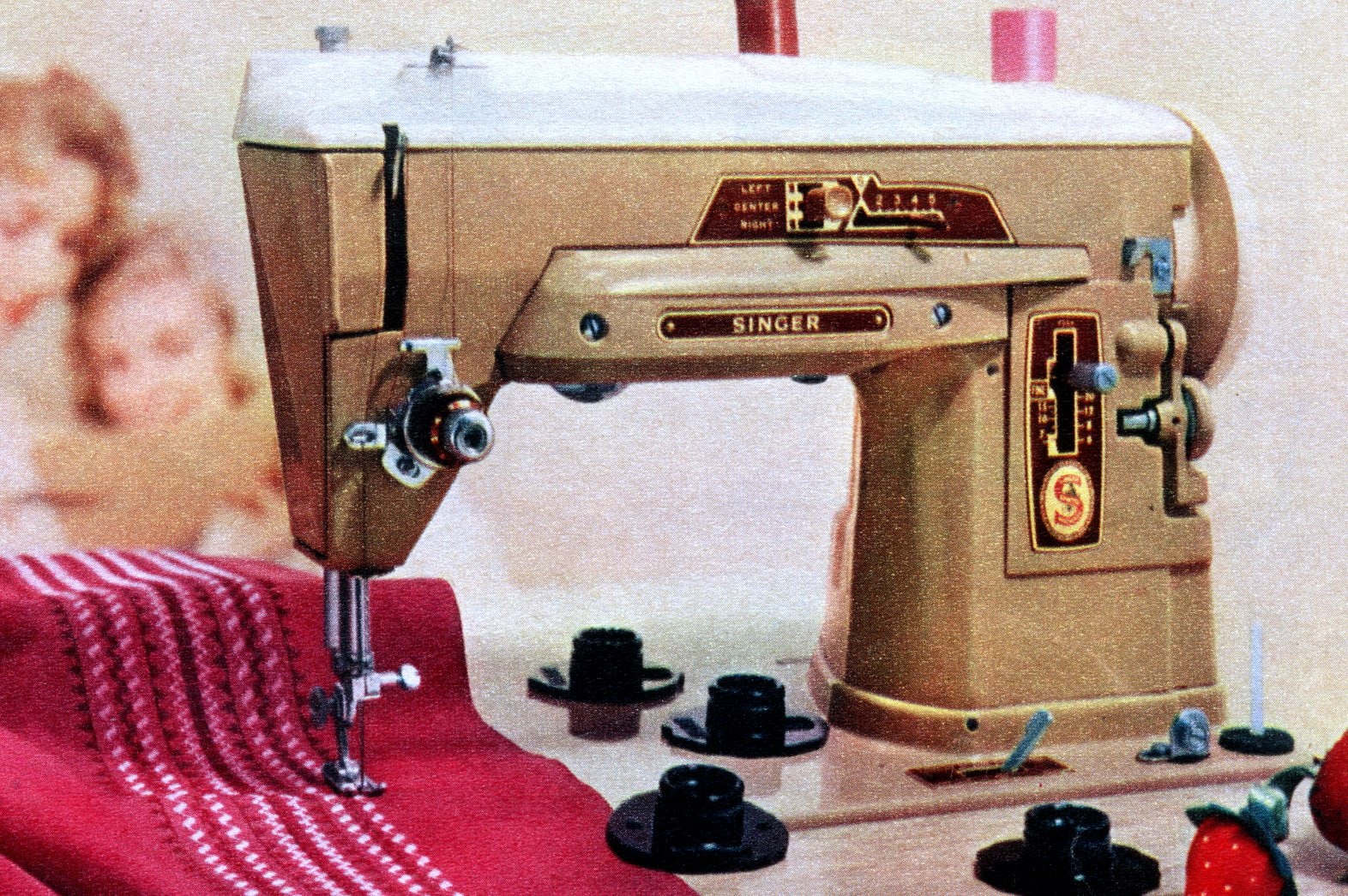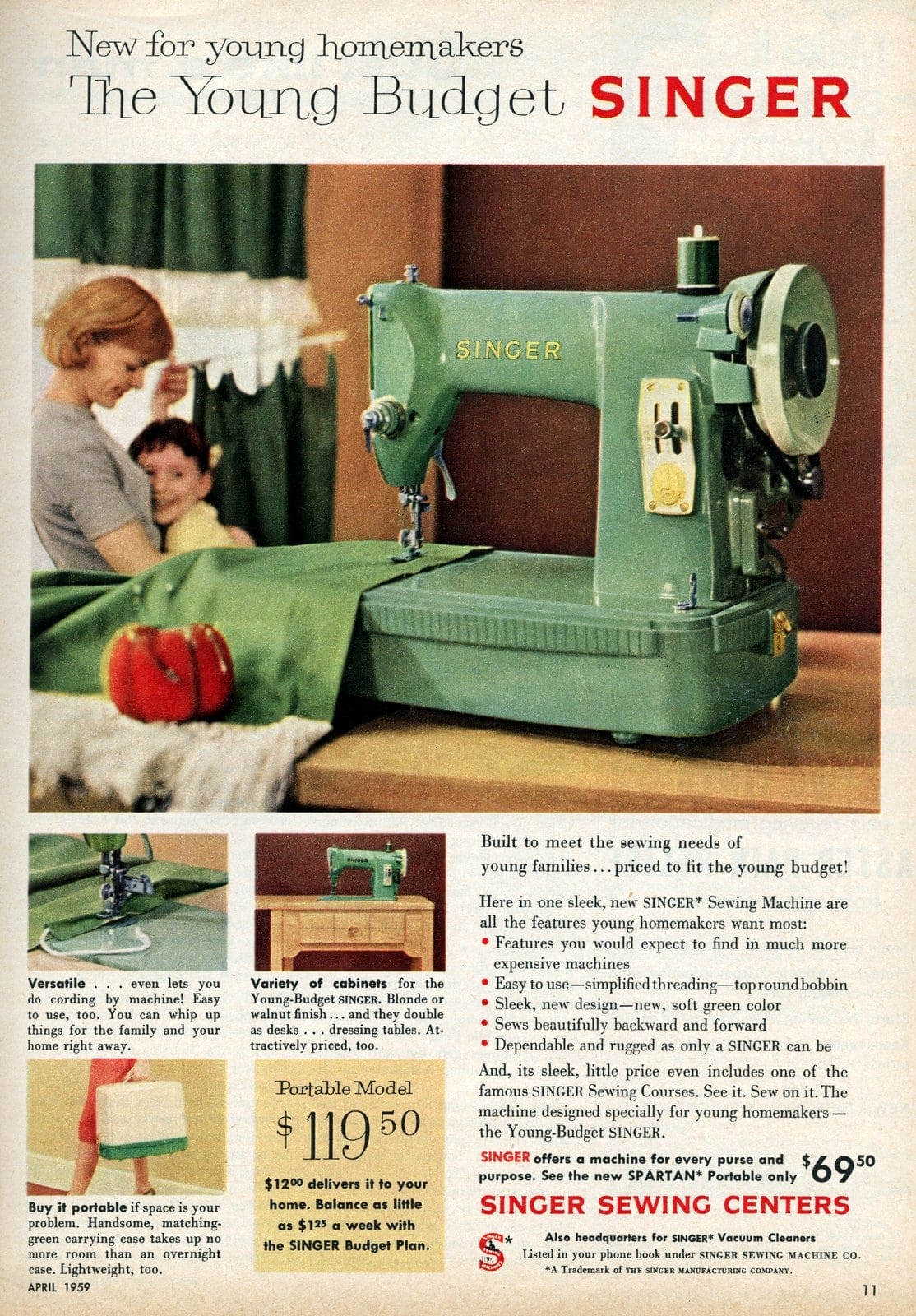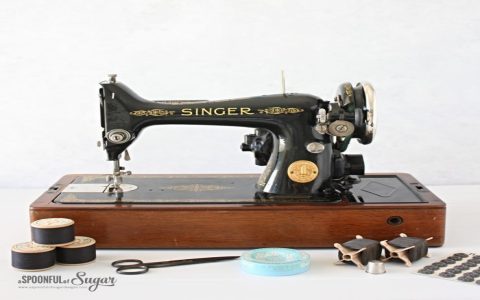Vintage Singer sewing machines from the 1950s maintain excellent functionality today due to a combination of superior engineering and durable materials, starkly contrasting with many modern counterparts. Here are the key factors:
Robust Core Construction
Cast Iron Frames: The heavy, rigid cast iron frames provide immense stability. This minimizes vibration, reduces wear on moving parts, and prevents warping or flexing during operation, maintaining precise alignment over decades.
All-Metal Internal Components: Critical components like gears, shafts, levers, and hook drives were manufactured entirely from hardened steel or solid brass. These materials resist wear far better than modern plastics, composites, or powdered metal parts prone to stripping or breaking.

- Steel Gears: Precision-cut, high-carbon steel gears ensure smooth power transmission and exceptional longevity.
- Forged (Not Cast) Shuttle Hooks: These critical parts were often forged steel, offering superior strength and impact resistance.
Precision Engineering & Quality Control
Singer prioritized mechanical excellence and consistency during this era.
- Tighter Tolerances: Parts were machined to exacting specifications, ensuring smooth interaction and minimal slop or wobble in mechanisms.
- Over-Engineering: Components were designed with significant safety margins (stronger, thicker), anticipating decades of use, not planned obsolescence.
- Simplicity of Core Mechanism: The fundamental rotary hook or oscillating shuttle design was mechanically straightforward and inherently reliable when built with quality metals.
Effective Lubrication System
Designed for Oil: These machines were engineered to run on lubricating oil. Key wear points feature numerous oil wicks, felt reservoirs, and ports designed for regular oiling. This:
- Reduces friction between moving metal parts.
- Prevents seizing.
- Flushes away debris.
Durability Through Design: Proper oiling maintains the machine indefinitely. Modern machines often use "permanently lubricated" (grease-packed) nylon gears, which degrade over time and cannot be easily re-lubricated.
Repairability & Standardization
User-Serviceable Design: Machines were meant to be maintained and repaired. Accessible covers, standardized screws (common slotted/Phillips), and modular assemblies facilitate disassembly.
Parts Availability: Millions were manufactured to consistent standards. Replacement parts remain widely available due to standardization, active vintage communities, and specialized suppliers.

Minimal Reliance on Electronics
1950s Singers are purely mechanical (no motors were built-in, though external motors were common). This eliminates electronic failure points like circuit boards, speed controllers, or digital displays, which often dictate the lifespan of modern computerized machines.
Conclusion
The enduring performance of 1950s Singer sewing machines stems from:high-grade materials (cast iron, steel, brass), robust mechanical design with tight tolerances, an effectiveoil-based lubrication system, and intrinsic repairability. Proper care, including cleaning and regular oiling with sewing machine oil, preserves their functionality, making them practical tools even 70+ years after manufacture.











